It looks like you're using an Ad Blocker.
Please white-list or disable AboveTopSecret.com in your ad-blocking tool.
Thank you.
Some features of ATS will be disabled while you continue to use an ad-blocker.
7
share:
Tell Aswad, near Damascus, Syria occupies an dominant position over a fertile plain on the route between the Jordan valley and the Middle
Euphrates.
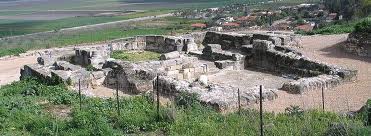
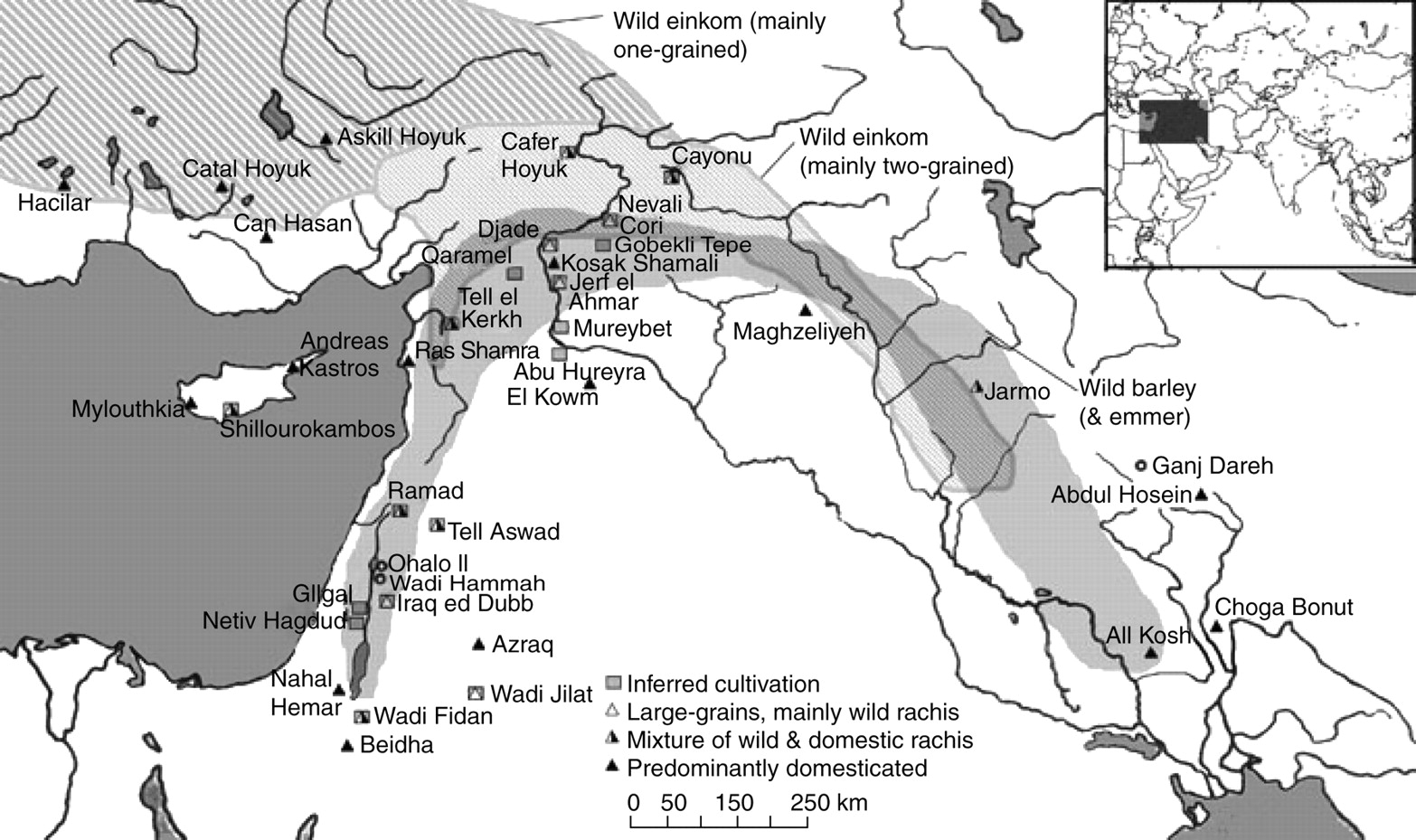
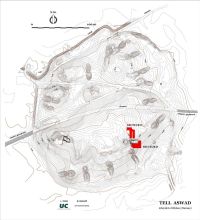
An pre-ceramic Neolithic site in the Damascus basin of Syria occupied circa 7800-6700 BC. This site has produced important evidence on early farming. From the beginning peas, lentils, emmer wheat and probably barley were all cultivated. The presence of both cereals and pulses showing characteristics of domestication suggests that these early farmers might already have discovered that if these two types of crops are grown in rotation soil fertility is renewed
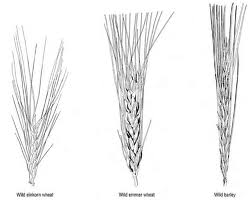
It is noted for two things, bricks and skulls
A large hollow has been 'dedicated' for use as a burial place by the deposition of a cluster of human skulls. The facial features are modeled in clay and colored; some have a black line (eye-lashes) across the closed eyelids. The three skulls were found in a pit resting against one another, underneath the remains of an infant, here is an image of three of the skulls in sediment still. 8,000 BCE
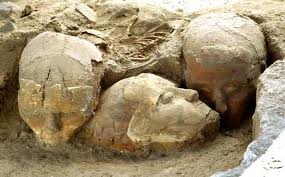
9,500 year old plaster covered skulls
The other two skulls, one is from Jericho but shows that this was a common feature of this culture
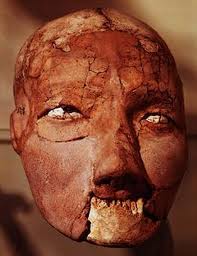

The bricks: The oldest discovered bricks, originally made from shaped mud and dating to before 7500 B.C. were found at Tell Aswad

This is the first place found that had formed bricks made with clay and straw - so until otherwise determined these folks were our first brick makers
A grave of the people of Tell Aswad
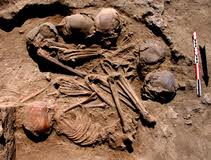
Wiki summary
Link to article about this period of time and the culture involved
Much of the literature on Tell Aswad is in French as the site was excavated by French teams



An pre-ceramic Neolithic site in the Damascus basin of Syria occupied circa 7800-6700 BC. This site has produced important evidence on early farming. From the beginning peas, lentils, emmer wheat and probably barley were all cultivated. The presence of both cereals and pulses showing characteristics of domestication suggests that these early farmers might already have discovered that if these two types of crops are grown in rotation soil fertility is renewed

It is noted for two things, bricks and skulls
A large hollow has been 'dedicated' for use as a burial place by the deposition of a cluster of human skulls. The facial features are modeled in clay and colored; some have a black line (eye-lashes) across the closed eyelids. The three skulls were found in a pit resting against one another, underneath the remains of an infant, here is an image of three of the skulls in sediment still. 8,000 BCE

9,500 year old plaster covered skulls
The other two skulls, one is from Jericho but shows that this was a common feature of this culture


The bricks: The oldest discovered bricks, originally made from shaped mud and dating to before 7500 B.C. were found at Tell Aswad

This is the first place found that had formed bricks made with clay and straw - so until otherwise determined these folks were our first brick makers
A grave of the people of Tell Aswad

The inhabitants of Tell Aswad invented the brick on site by modelling earth clods with beds of reeds, which they then formed raw bricks and eventually dried in later stages. Houses were round from beginning to the end of the settlement, elliptical or polygonal and were partly buried or laid. The orientation of the openings is most often to the East. This conforms with sites in the Southern Levant, whereas Northern Euphrates Valley sites generally display rectangular ho
Wiki summary
Link to article about this period of time and the culture involved
Much of the literature on Tell Aswad is in French as the site was excavated by French teams
Interesting find! S&F!
The skulls are really something. I've never seen clay covered remains like that. Damascus is said to have a lot of rich archeological sites still buried under the city today. Its no surprise that, in the area around and near this ancient city, they are discovering so much.
I'm always interested to know about the agriculture back then. And, to hear that they practiced crop rotation with crops that worked with one another to keep the soil fertile.... That's impressive and shows how advanced the ancients were. I grew up on a farm and I know there is a science to determining what crops are beneficial to the land.
I'll be looking into this a little more.
TXML
The skulls are really something. I've never seen clay covered remains like that. Damascus is said to have a lot of rich archeological sites still buried under the city today. Its no surprise that, in the area around and near this ancient city, they are discovering so much.
I'm always interested to know about the agriculture back then. And, to hear that they practiced crop rotation with crops that worked with one another to keep the soil fertile.... That's impressive and shows how advanced the ancients were. I grew up on a farm and I know there is a science to determining what crops are beneficial to the land.
I'll be looking into this a little more.
TXML
Originally posted by Hanslune
A large hollow has been 'dedicated' for use as a burial place by the deposition of a cluster of human skulls. The facial features are modeled in clay and colored; some have a black line (eye-lashes) across the closed eyelids. The three skulls were found in a pit resting against one another, underneath the remains of an infant, here is an image of three of the skulls in sediment still. 8,000 BCE
9,500 year old plaster covered skulls
The other two skulls, one is from Jericho but shows that this was a common feature of this culture
The plaster covered skulls are fascinating! Never heard of this practice before... What was the religion/ belief system of the area, do we have any idea?
edit on 15/3/12 by Versa because: (no reason given)
Don't know if these guys were practicing head hunting or ancestor worship! In my look at this site I didn't see anything on DNA testing but much of
the work was done before cheap genetic testing was available to see if these people are related.
Here is a more detailed article on the skulls and some hints to the religions behind it, somewhat technical the conclusion is more readable
Those skulls
Here is a more detailed article on the skulls and some hints to the religions behind it, somewhat technical the conclusion is more readable
Those skulls
edit on 15/3/12 by Hanslune because: (no reason given)
reply to post by Hanslune
It would almost seem to be something akin to mummification, an attempt (pretty good one tbh) to preserve the persons identity for eternity?
thanks for the further links, I'll see if my tiny brain can comprehend the contents
It would almost seem to be something akin to mummification, an attempt (pretty good one tbh) to preserve the persons identity for eternity?
thanks for the further links, I'll see if my tiny brain can comprehend the contents
new topics
-
2024 Pigeon Forge Rod Run - On the Strip (Video made for you)
Automotive Discussion: 28 minutes ago -
Gaza Terrorists Attack US Humanitarian Pier During Construction
Middle East Issues: 54 minutes ago -
The functionality of boldening and italics is clunky and no post char limit warning?
ATS Freshman's Forum: 2 hours ago -
Meadows, Giuliani Among 11 Indicted in Arizona in Latest 2020 Election Subversion Case
Mainstream News: 2 hours ago -
Massachusetts Drag Queen Leads Young Kids in Free Palestine Chant
Social Issues and Civil Unrest: 2 hours ago -
Weinstein's conviction overturned
Mainstream News: 4 hours ago -
Supreme Court Oral Arguments 4.25.2024 - Are PRESIDENTS IMMUNE From Later Being Prosecuted.
Above Politics: 5 hours ago -
Krystalnacht on today's most elite Universities?
Social Issues and Civil Unrest: 5 hours ago -
Chris Christie Wishes Death Upon Trump and Ramaswamy
Politicians & People: 6 hours ago -
University of Texas Instantly Shuts Down Anti Israel Protests
Education and Media: 8 hours ago
top topics
-
Krystalnacht on today's most elite Universities?
Social Issues and Civil Unrest: 5 hours ago, 8 flags -
Weinstein's conviction overturned
Mainstream News: 4 hours ago, 6 flags -
University of Texas Instantly Shuts Down Anti Israel Protests
Education and Media: 8 hours ago, 5 flags -
Supreme Court Oral Arguments 4.25.2024 - Are PRESIDENTS IMMUNE From Later Being Prosecuted.
Above Politics: 5 hours ago, 5 flags -
Meadows, Giuliani Among 11 Indicted in Arizona in Latest 2020 Election Subversion Case
Mainstream News: 2 hours ago, 4 flags -
Massachusetts Drag Queen Leads Young Kids in Free Palestine Chant
Social Issues and Civil Unrest: 2 hours ago, 3 flags -
Any one suspicious of fever promotions events, major investor Goldman Sachs card only.
The Gray Area: 10 hours ago, 2 flags -
Chris Christie Wishes Death Upon Trump and Ramaswamy
Politicians & People: 6 hours ago, 2 flags -
Gaza Terrorists Attack US Humanitarian Pier During Construction
Middle East Issues: 54 minutes ago, 2 flags -
God's Righteousness is Greater than Our Wrath
Religion, Faith, And Theology: 15 hours ago, 1 flags
7
